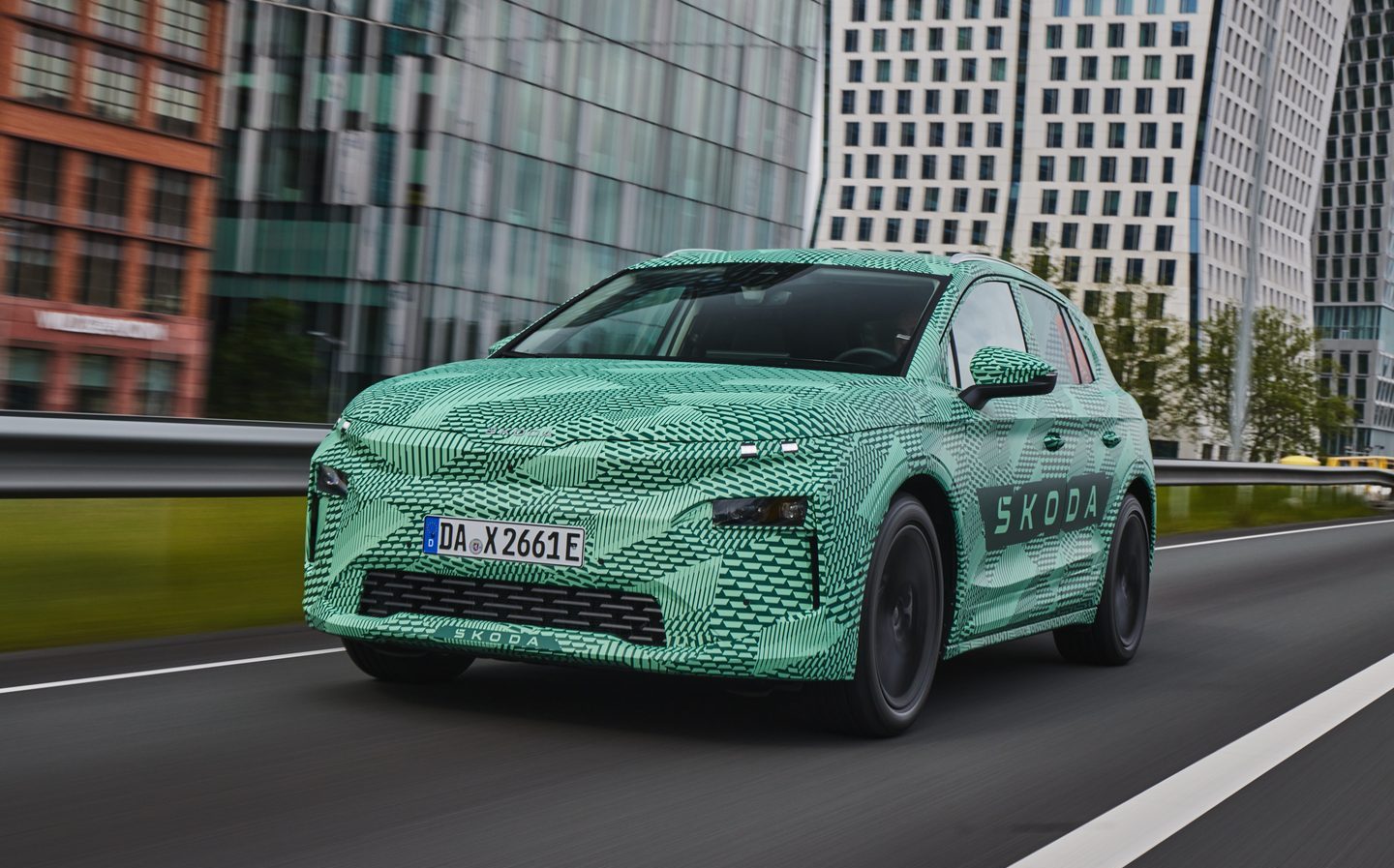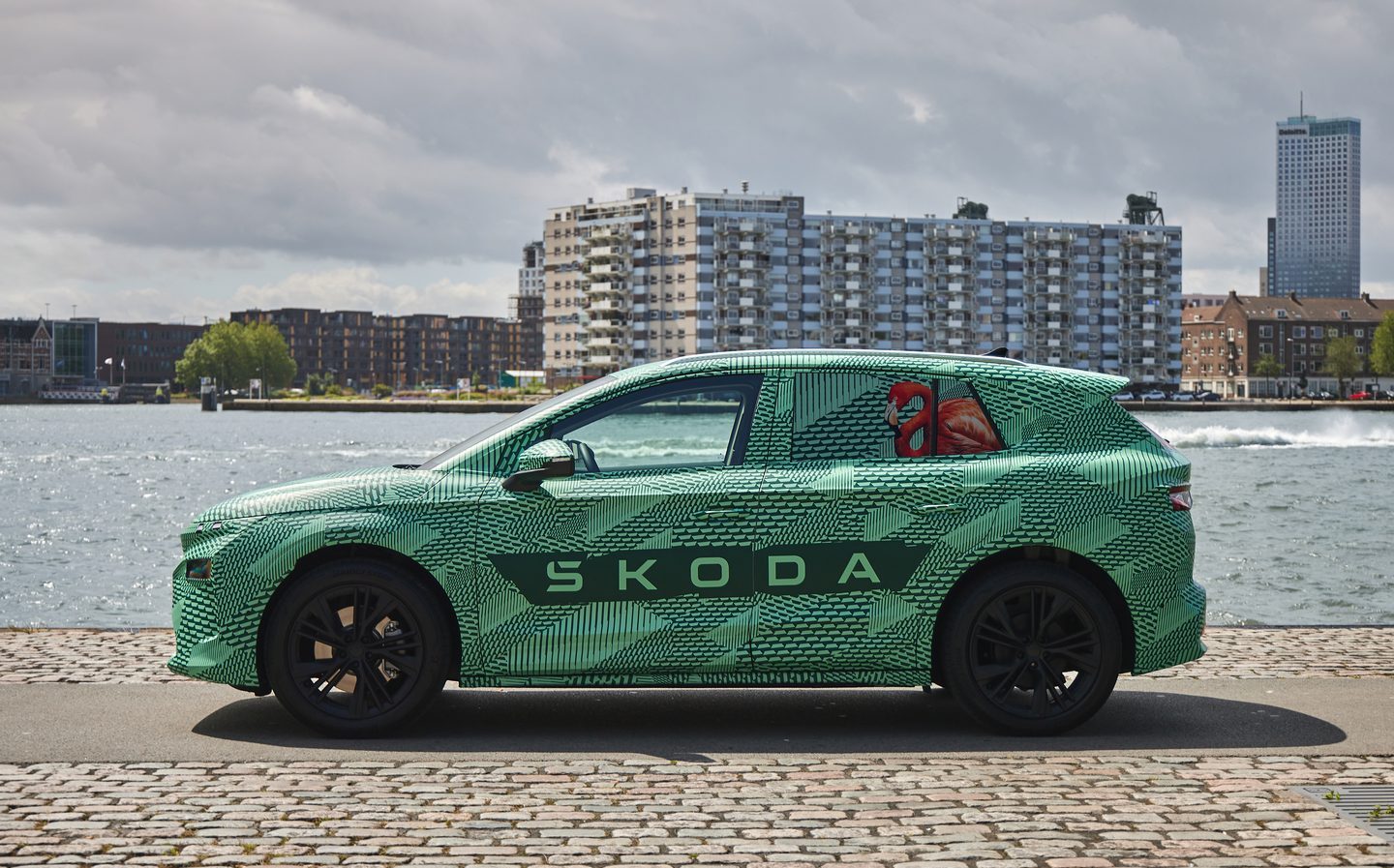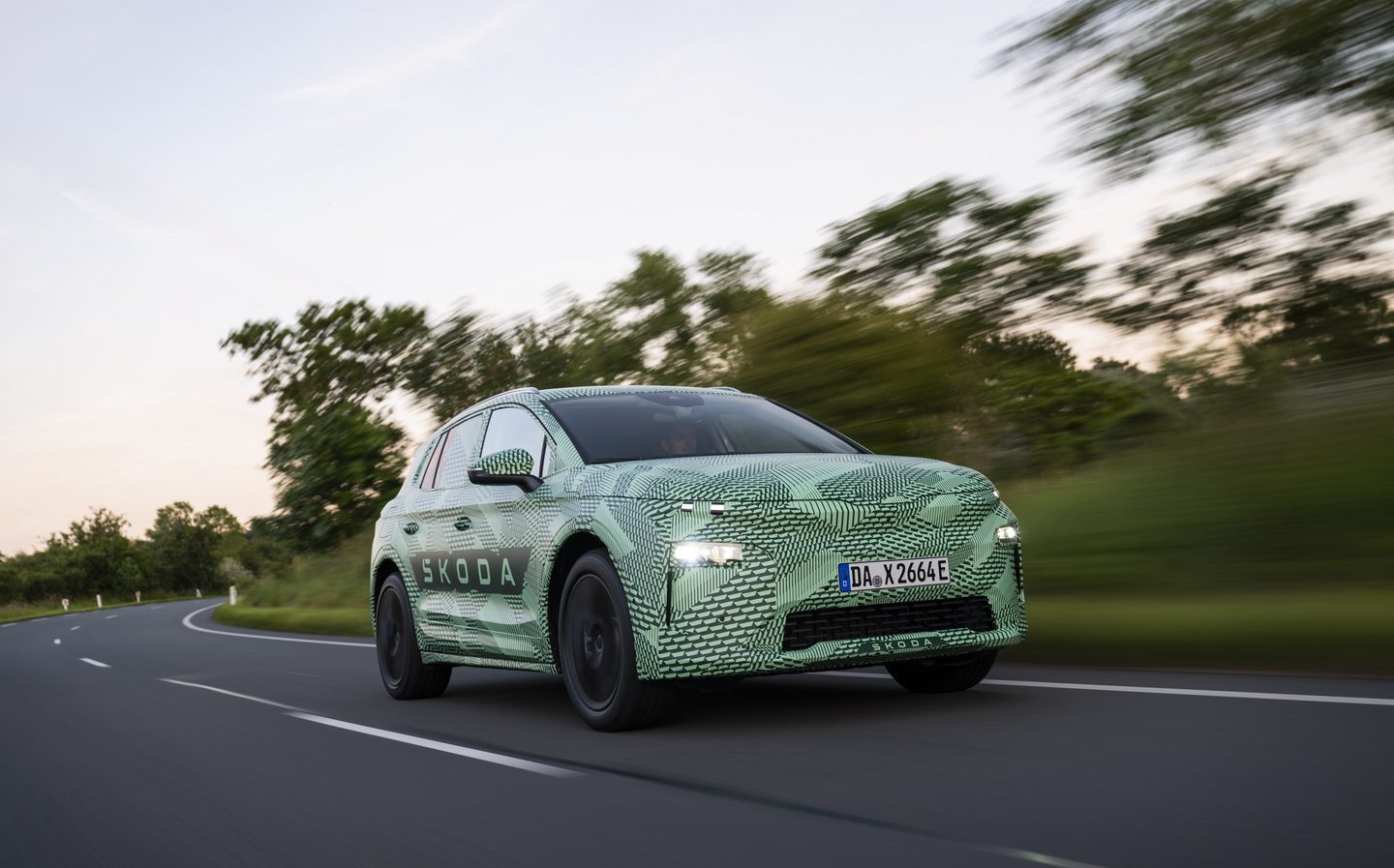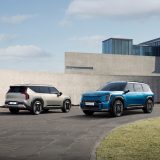Skoda Elroq prototype review: Enyaq’s little sibling shows promise
Not The Rock's Spanish counterpart but Skoda's latest electric SUV
The new Skoda Elroq finds itself joining the world after its older (and bigger) sibling, the Enyaq, which means the Czech carmaker has had the chance to refine its electric offering. Bu then the Enyaq is one of the best in its class, so Elroq has a lot to live up to.
Of course, Skoda would say it loves all its children equally, but the furore around the Elroq’s launch is such that the Czech firm seems more excited this second time around. In a bid to show Driving.co.uk why that is, the company let us loose in a prototype well ahead of the production versions arriving later this year.
So far ahead, in fact, that Skoda wasn’t ready to show off everything just yet. The final design, finished cabin and pricing are all still to be revealed, as are official range and efficiency figures. The performance data is largely unknown at present, too. This is more like a 30-week scan of Skoda’s new baby, then.
Hence the heavy camouflage worn by our test vehicle. No, we aren’t sure what the flamingo design on the rear windows is all about, but this car’s bodywork is still well and truly under wraps and is set to remain that way for a while yet.

So, we’ll gloss straight over that and dive into the cabin, about which we can barely say any more. We’re expecting a fair bit of crossover between this and the Enyaq (click for a look), and know there will be at least two digital displays in each car. Even Skoda admits the Elroq’s digital instrument cluster is lifted pretty much directly from the Enyaq, and we’re guessing the 13in touchscreen will be like the 13in versions found in the new Kodiaq and Superb models, too. And so while we haven’t had a play with it yet, and are expecting to see the brand’s latest tech and graphics, we do have a rough idea.
Skoda has also confirmed the Elroq will come with a kind of augmented reality system that allows it to pick out white lines on the road and highlight hazards, as well as point at road turns when using the navigation, all through a projector system on the windscreen. It’s a clever idea and has worked well in other Skodas.
We know far more, however, about the Elroq’s interior space, which is rather impressive. Rear passenger room is more than adequate for two adults, both in terms of head- and legroom, while the 470-litre boot is on a par with that of the Kia Niro EV, which is set to be a key rival.
That’s assuming, of course, that Skoda adheres to its usual policy of keeping prices in check. It hasn’t said much about pricing, and we aren’t expecting to hear any more for a little while yet, but when the numbers do finally turn up we expect the Elroq to undercut the Enyaq’s starting price of just under £39,000 by a fair margin.
While prices are as yet unknown, Skoda has confirmed some details about the Elroq’s powertrain options. As with the Enyaq, customers will get a choice of battery sizes, power outputs and even motor configurations.
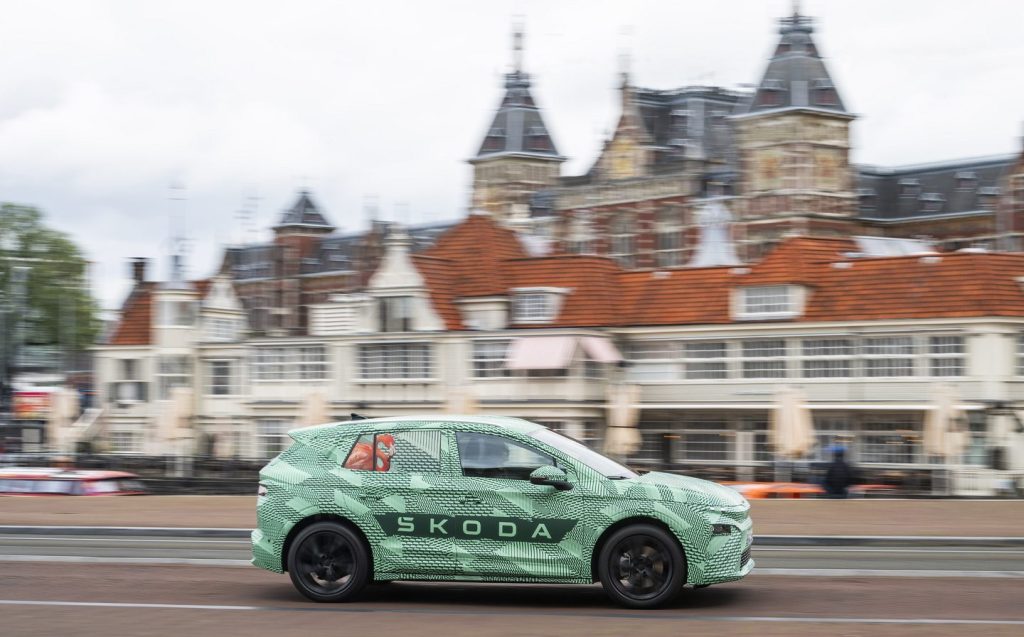
The budget option will be the “50” model, with its 168bhp electric motor and a battery pack with a capacity of 55kWh (52kWh of which will be usable). That will be joined by the 201bhp “60” with its 63kWh battery (59kWh usable). Both those models will be rear-wheel drive only, but the 85, which gets a 282bhp electric motor and a big 82kWh battery (77kWh usable) will be joined by a 296bhp, all-wheel-drive, dual-motor 85x model with the same battery pack. It’s the rear-drive 85 we’re testing here.
While official performance figures haven’t been announced we expect it to manage a top speed of 112mph, while the range between charges is claimed to be “more than 348 miles”. It was tricky to work out a more realistic everyday figure on our short test route on urban roads but you always have to take the official range figure with a bucket of salt, given that it’s achieved in a lab. On the basis of our test, we would expect well over 200 miles to be achievable on the motorway and more than 250 miles over a mixture of roads.
When that range is exhausted, Skoda says every version of the Elroq will be able to charge from 10 to 80 per cent in less than half an hour, with maximum DC charging speeds of 175kW.
With a fully charged battery the Elroq will prove a useful companion. It drives just like you’d expect from a small Enyaq, with plenty of grip, light steering and a relatively well controlled body. It isn’t especially engaging but feels safe and secure, which is ideal for a family SUV.
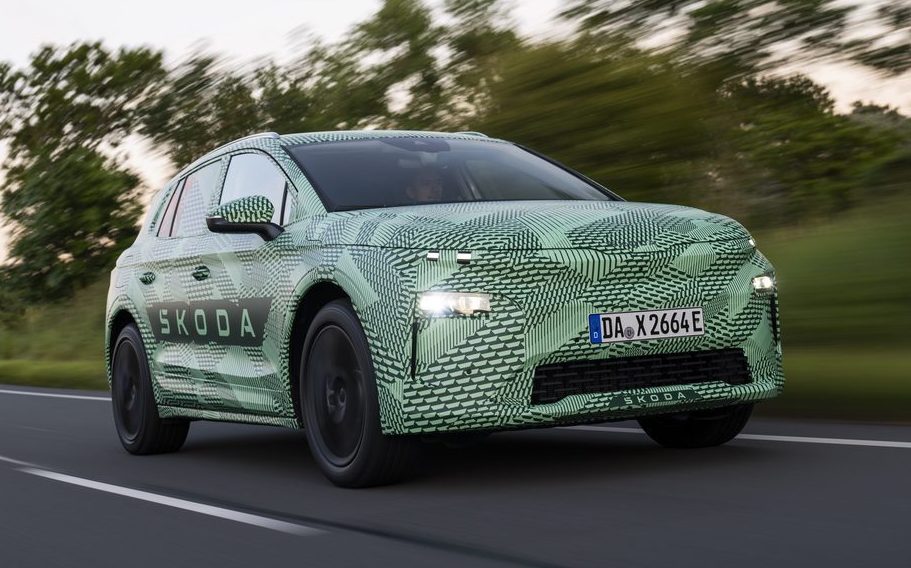
However, it also feels quite stiff, with potholes and speed bumps making a notable impact on those inside the cabin. It isn’t disastrous, and it settles down a little at speed — to the point where it’s quite comfortable — but at low speed and around town it’s way less forgiving than it should be for a family crossover. Perhaps it’s the massive wheels fitted to the test car or the weight of the battery, but Skoda really ought to address this before the Elroq goes on sale.
The other area that needs work is the brakes. That is, admittedly, quite an alarming sentence to read, but fear not: this is a refinement issue rather than a safety one. The brakes are effective enough but the feel through the pedal is inconsistent as the car attempts to juggle efficient regenerative braking (which involves the electric motor being used as a generator to recover energy to the battery while slowing down) and traditional hydraulic braking with the pads and discs. It’s a difficult balancing act and Skoda wouldn’t be the first to get it wrong, but a brand with this much engineering clout can do better.
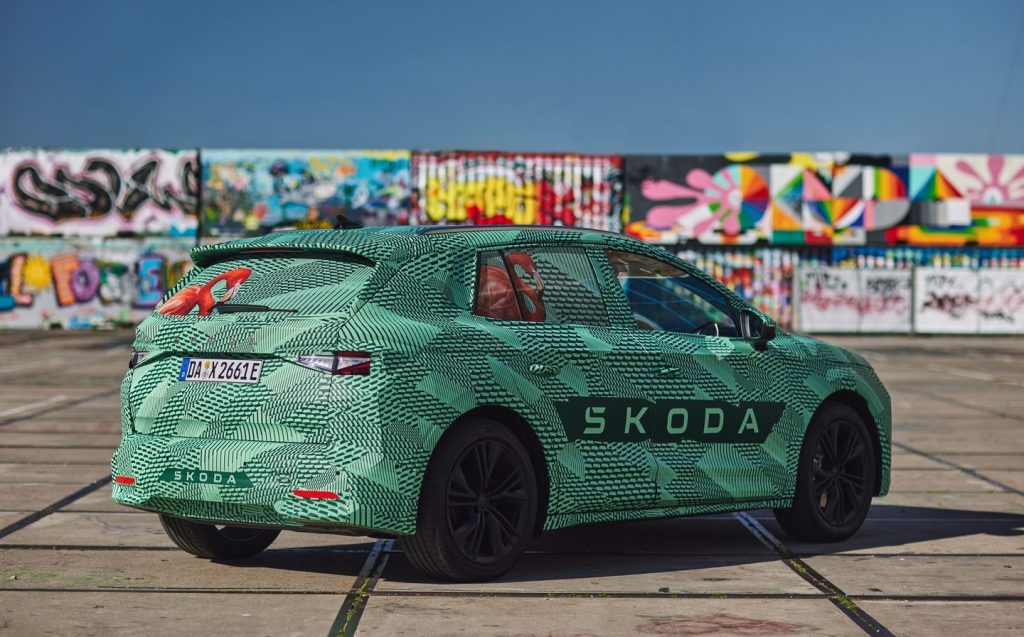
There’s still some time for Skoda to iron these flaws out before the car goes on sale, with the first examples not expected in the UK until 2025, but there is pressure to do so. Fix the issues and set the pricing correctly, and this has an electric family car that has the potential to mix it with the best in its class. If the engineers and marketing folk get that wrong, however, the Elroq may be destined to disappoint its parents.
Related articles
- If you found our review of the Skoda Elroq prototype interesting, you should read our review of the Skoda Enyaq Coupé iV vRS
- Here are all the car makers’ electric car plans
- You might like to read our review of the new Skoda Superb Estate, too
Latest articles
- Seven great automotive events to visit this summer, from F1 to art and champagne
- Watch new Porsche 911 GT3 smash Nürburgring record for manual cars
- Skoda Elroq 2025 review: Czech carmaker can’t seem to miss with its electric family cars
- Five best electric cars to buy in 2025
- Should I buy a diesel car in 2025?
- F1 2025 calendar and race reports: The new Formula One season as it happens
- Zeekr 7X AWD 2025 review: A fast, spacious and high tech premium SUV — but someone call the chassis chief
- Denza Z9GT 2025 review: Flawed but sleek 1,062bhp shooting brake from BYD’s luxury arm
- Extended test: 2024 Renault Scenic E-Tech review


